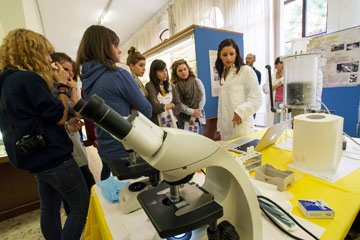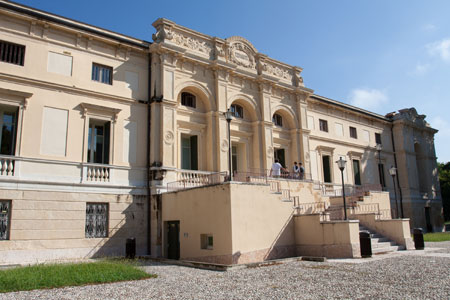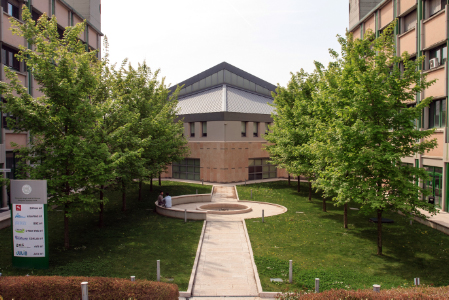Tornielli, Giovanni Battista; Zenoni, Sara; M., Bliek; Cavallini, Erika; K., Spelt; Finezzo, Laura; M., de Vries; A., Amato; W., Verweij; Pezzotti, Mario; Y., Tanaka; Zamboni, Anita; R., Koes; F., Quattrocchio,
The transcription factor complex that controls several aspects of petunia petal epidermal cell differentiation: a flexible combination!
in 13th World Petunia Days-Book of Abstracts
,
Proceedings of "13th World Petunia Days"
, Nijmegen, The Netherlands
, 13-16 september 2013
,
2013
,
pp. 24-24








